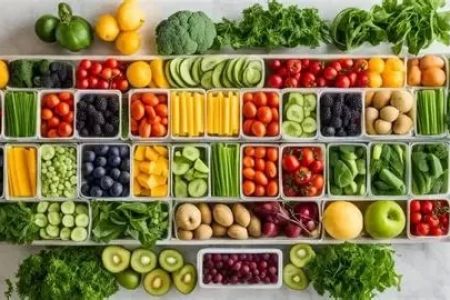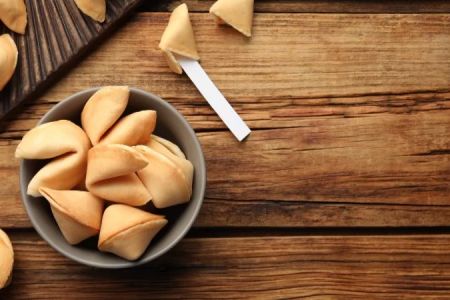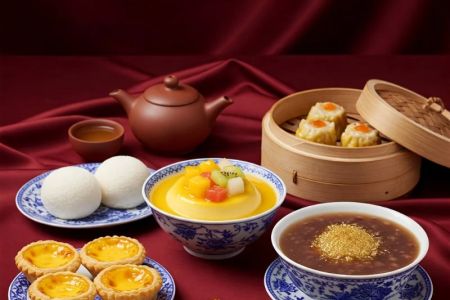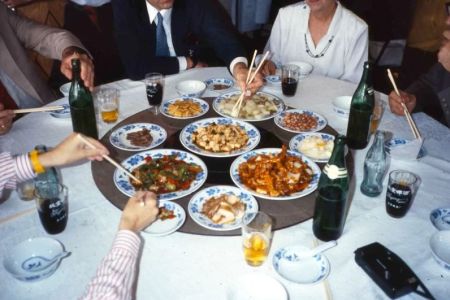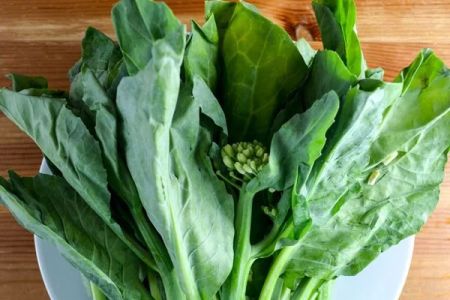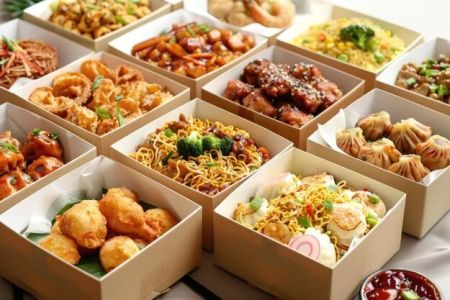The Art of Making Homemade Wonton Soup: A Comforting Classic for Cold Evenings
- 1. The History of Wonton Soup
- 2. Why Homemade Wonton Soup Is Superior
- 3. The Essential Ingredients for Homemade Wonton Soup
- 4. Step-by-Step Guide to Making Wonton Soup
- 5. Common Mistakes to Avoid When Making Wonton Soup
- 6. Tips for Serving and Storing Wonton Soup
- 7. Recommendations from Chinese Food
1. The History of Wonton Soup
Wonton soup is a beloved dish in Chinese cuisine, known for its comforting, savory broth and delicate, flavorful dumplings. The dish dates back centuries and has evolved across different regions of China. Traditionally, wontons were filled with meat or seafood and served in a light broth, making them a satisfying meal for colder weather.
Originating in the southern regions of China, particularly in Canton, the dish became a staple of Chinese households and restaurants. Wonton soup is not just a dish; it’s a symbol of warmth, family gatherings, and cultural heritage, often enjoyed during special occasions like Chinese New Year and family reunions.
2. Why Homemade Wonton Soup Is Superior
While you can easily find wonton soup at many Chinese restaurants, nothing beats the taste and satisfaction of making it yourself at home. Homemade wonton soup offers a few key advantages:
2.1 Control Over Ingredients
When you make wonton soup at home, you have complete control over the ingredients. You can choose high-quality meats, fresh vegetables, and homemade stock to create a soup that’s bursting with flavor. It also allows you to customize the filling and broth to your personal tastes, whether you prefer a richer broth or more delicate wontons.
2.2 Healthier Options
Homemade wonton soup also gives you the option to make healthier choices. You can reduce the amount of sodium, fat, and preservatives compared to store-bought or restaurant versions. Plus, you can experiment with healthier fillings like chicken or shrimp and use fresh, organic vegetables.
2.3 The Joy of Cooking
Making wonton soup from scratch is a rewarding and enjoyable experience. From kneading the dough to folding the wontons, it’s a chance to connect with a time-honored tradition. The satisfaction of preparing a meal from scratch adds a personal touch that’s hard to beat.
3. The Essential Ingredients for Homemade Wonton Soup
To make authentic homemade wonton soup, you'll need a few key ingredients. Here’s what you’ll need for both the wonton filling and the broth:
3.1 Wonton Wrappers
Wonton wrappers are essential for wrapping your filling. These thin, square sheets of dough can be found at most Asian grocery stores. If you prefer, you can make the dough from scratch, but it requires some time and skill.
3.2 Wonton Filling
The filling typically consists of ground pork, shrimp, or chicken, seasoned with soy sauce, ginger, garlic, and green onions. You can customize the filling with other ingredients like mushrooms or water chestnuts for added texture and flavor.
3.3 The Broth
A clear, flavorful broth is the backbone of any good wonton soup. Traditional Chinese broth is often made by simmering pork bones, chicken, or beef with aromatics like ginger, garlic, and onions. For a quicker version, you can use chicken or vegetable stock as a base, adding a touch of soy sauce and sesame oil for extra depth.
3.4 Garnishes
Wonton soup is often garnished with chopped green onions, cilantro, and sometimes chili oil for a bit of heat. These garnishes enhance the flavor and presentation of the dish.
4. Step-by-Step Guide to Making Wonton Soup
Now that you know what ingredients you need, here’s a simple step-by-step guide to making your own homemade wonton soup:
4.1 Step 1: Prepare the Filling
In a bowl, combine your ground meat (pork, chicken, or shrimp) with chopped vegetables, seasonings, and a splash of soy sauce. Mix everything together until well-combined. You can also add a small amount of cornstarch or egg to bind the filling.
4.2 Step 2: Assemble the Wontons
Place a small teaspoon of the filling in the center of each wonton wrapper. Wet the edges with a bit of water and fold the wrapper into a triangle or pouch shape, pinching the edges tightly to seal.
4.3 Step 3: Make the Broth
In a large pot, bring your broth to a boil. Add ginger, garlic, and any seasonings you desire. Once the broth is flavorful, lower the heat and let it simmer while you cook the wontons.
4.4 Step 4: Cook the Wontons
Gently drop the assembled wontons into the boiling broth and cook for about 4–5 minutes or until they float to the surface. This indicates they are cooked through. Remove them from the broth with a slotted spoon.
4.5 Step 5: Serve and Garnish
Place the cooked wontons into bowls and ladle the hot broth over them. Garnish with fresh green onions, cilantro, and a drizzle of sesame oil or chili oil, depending on your taste preferences.
5. Common Mistakes to Avoid When Making Wonton Soup
While making wonton soup is relatively straightforward, there are a few common mistakes to avoid:
5.1 Overstuffing the Wontons
When filling your wonton wrappers, be careful not to overstuff them. Too much filling can cause the wontons to burst while cooking, resulting in a messy soup.
5.2 Not Sealing the Wontons Properly
Make sure to press the edges of the wontons firmly to ensure they are sealed well. If they aren’t sealed properly, the filling can leak out while cooking.
5.3 Using a Weak Broth
The broth is the heart of the soup, so don’t skimp on flavor. Be sure to simmer it for long enough to extract all the flavors from the ingredients. A bland broth can make even the best wontons feel underwhelming.
6. Tips for Serving and Storing Wonton Soup
Wonton soup is best served fresh, but here are a few tips for storing leftovers:
6.1 Serving Suggestions
For an extra layer of flavor, you can add a spoonful of hoisin sauce or chili oil to the soup before serving. Serve the soup with a side of rice or a light vegetable dish to round out the meal.
6.2 Storing Leftovers
If you have leftovers, store the wontons separately from the broth. This will prevent the wontons from getting soggy. Store both in airtight containers in the refrigerator and consume within 2-3 days. You can also freeze the cooked or uncooked wontons for future meals.
7. Recommendations from Chinese Food
If you're looking to make the perfect wonton soup, Chinese Food offers high-quality ingredients, including fresh wonton wrappers, seasonings, and broth bases. Check out our website for everything you need to make your homemade wonton soup a success!
Explore our curated selection and get the best products for your next meal!


